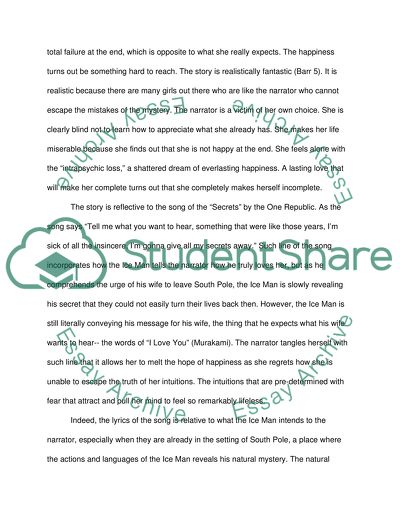Cite this document
(“Behind the Evocative Metaphors of Ice Man and My Life with the Wave Essay”, n.d.)
Behind the Evocative Metaphors of Ice Man and My Life with the Wave Essay. Retrieved from https://studentshare.org/literature/1462709-a-response-to-the-reading
Behind the Evocative Metaphors of Ice Man and My Life with the Wave Essay. Retrieved from https://studentshare.org/literature/1462709-a-response-to-the-reading
(Behind the Evocative Metaphors of Ice Man and My Life With the Wave Essay)
Behind the Evocative Metaphors of Ice Man and My Life With the Wave Essay. https://studentshare.org/literature/1462709-a-response-to-the-reading.
Behind the Evocative Metaphors of Ice Man and My Life With the Wave Essay. https://studentshare.org/literature/1462709-a-response-to-the-reading.
“Behind the Evocative Metaphors of Ice Man and My Life With the Wave Essay”, n.d. https://studentshare.org/literature/1462709-a-response-to-the-reading.


